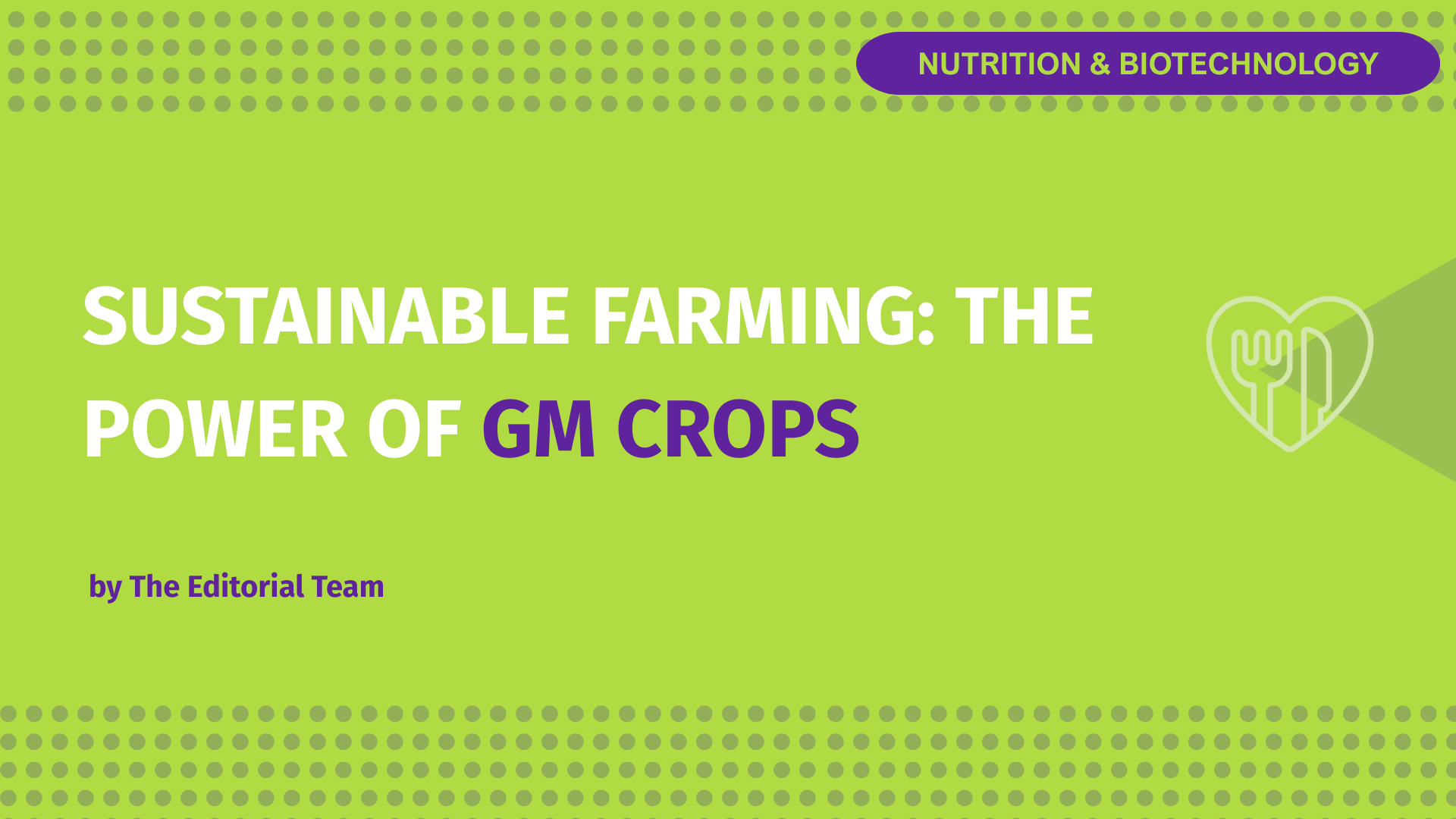For more than two decades, genetically modified (GM) crops have been quietly reshaping the way we feed the world — and protecting the planet at the same time.
Since 1996, GM crops have helped farmers grow nearly one billion extra tonnes of food, feed, and fiber. But their impact goes far beyond bigger harvests: they have also helped cut agriculture’s environmental footprint by 17% and reduced carbon emissions by an amount equal to taking 26 million cars off the road.
By making crops more resistant to pests and weeds, GM technology allows farmers to grow more food on less land, protecting forests and natural habitats that would otherwise be turned into farmland. If these innovations hadn’t existed, farmers would have needed an extra area the size of the Philippines and Vietnam combined just to keep up with demand.
On top of that, GM crops have helped farmers adopt greener practices like reduced tillage, which keeps more carbon stored in the soil and reduces the need for fuel-intensive farming. This means fewer greenhouse gases entering the atmosphere, contributing to the fight against climate change.
And it’s not just the planet that benefits — farmers do too. Studies show that for every extra dollar farmers invest in GM seeds, they earn several dollars more in income, especially in developing countries where every bit counts.
In short, GM crops have quietly given us more food, healthier ecosystems, and stronger farms.
And as innovation continues, their role in building a more sustainable future is only just beginning.
For more than two decades, genetically modified (GM) crops have been quietly reshaping the way we feed the world — and protecting the planet at the same time.
Since 1996, GM crops have helped farmers grow nearly one billion extra tonnes of food, feed, and fiber. But their impact goes far beyond bigger harvests: they have also helped cut agriculture’s environmental footprint by 17% and reduced carbon emissions by an amount equal to taking 26 million cars off the road.
By making crops more resistant to pests and weeds, GM technology allows farmers to grow more food on less land, protecting forests and natural habitats that would otherwise be turned into farmland. If these innovations hadn’t existed, farmers would have needed an extra area the size of the Philippines and Vietnam combined just to keep up with demand.
On top of that, GM crops have helped farmers adopt greener practices like reduced tillage, which keeps more carbon stored in the soil and reduces the need for fuel-intensive farming. This means fewer greenhouse gases entering the atmosphere, contributing to the fight against climate change.
And it’s not just the planet that benefits — farmers do too. Studies show that for every extra dollar farmers invest in GM seeds, they earn several dollars more in income, especially in developing countries where every bit counts.
In short, GM crops have quietly given us more food, healthier ecosystems, and stronger farms.
And as innovation continues, their role in building a more sustainable future is only just beginning.
Based on the research by Graham Brookes, published by PG Economics.



